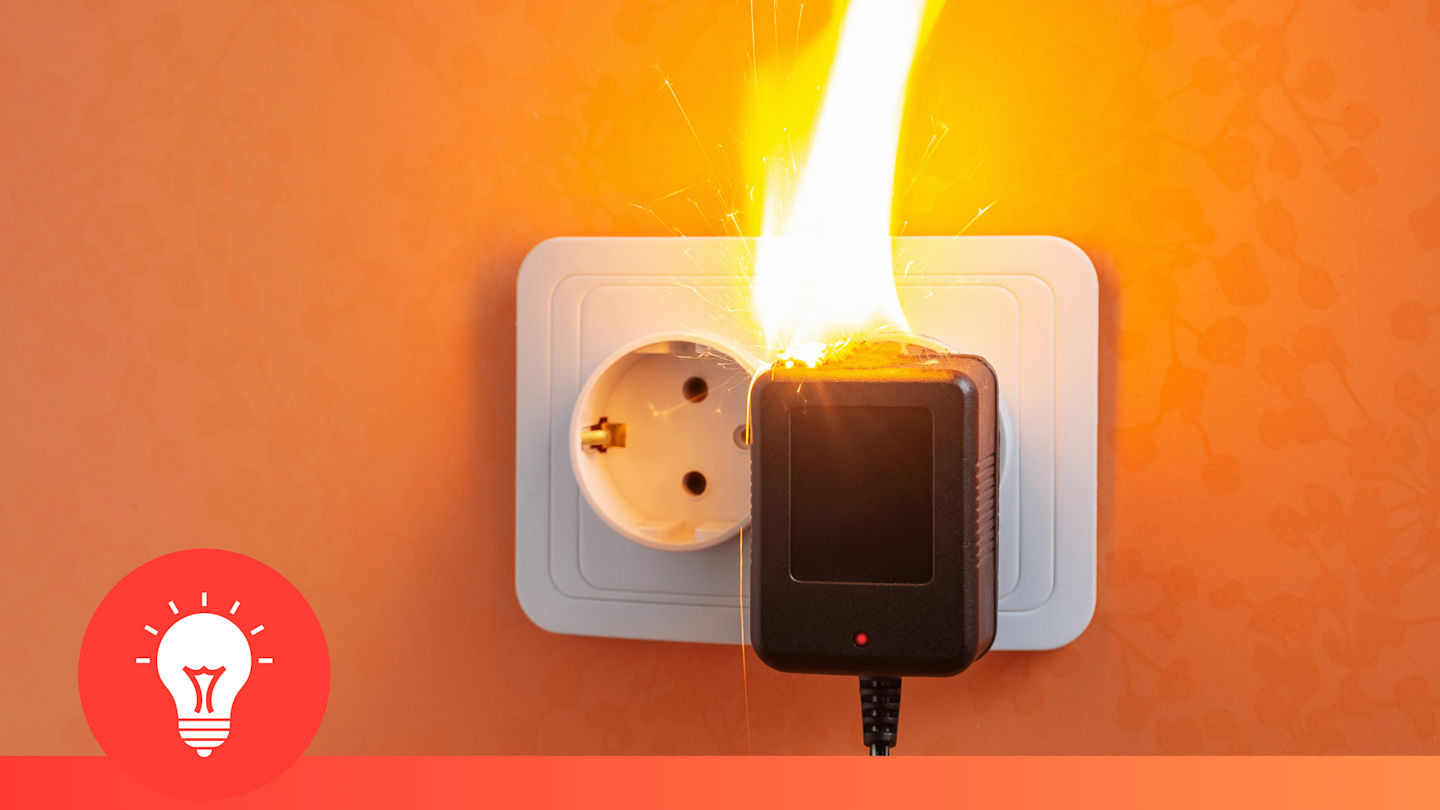Technically Speaking | 4 APRIL 2025
Understanding UL94 Flame Ratings
Tech Tips from Our Engineers at Bamberger Amco Polymers
UL94 flammability standards are a helpful tool when choosing plastic materials for electrical, electronic, and industrial applications. These tests provide a benchmark for assessing how materials behave under fire exposure, guiding engineers and product developers towards the right balance of properties for their applications.
What is UL94?
UL94 is a standard for safety of flammability of plastic materials developed by Underwriters Laboratories (UL). It measures how quickly a plastic burns and how it reacts to a flame source in controlled lab conditions. UL94 flammability tests offer an indication of a plastic material’s usability in certain devices or appliances.
These tests use standard specimens and happen under predefined conditions. They compare the relative burn rates and characteristics of different materials, measuring changes that may take place during end-use. (A UL94 rating is not meant to reflect the hazards of a material under actual fire conditions.)
Breakdown of UL94 Flame Ratings
5VA Surface Burn
This test involves applying a flame to a bar of test material for five seconds, five separate times. The test material must stop burning within 60 seconds and cannot develop a burn-through hole. Passing this test earns a material the highest, most flame-retardant UL94 rating.
5VB Surface Burn
This rating test involves applying a flame to a bar of test material for five seconds, five separate times. The test material must stop burning within 60 seconds, but it is allowed to develop a burn-through hole.
V-0 Vertical Burn
To pass this test, a material must stop burning within ten seconds after a flame is applied to it twice (for ten seconds each time). In addition, no flaming material drips can occur.
V-1 Vertical Burn
To pass this test, a material must stop burning within 60 seconds after a flame is applied to it twice (for ten seconds each time). No flaming material drips can occur.
V-2 Vertical Burn
To pass this test, a material must stop burning within 60 seconds after a flame is applied to it twice (for ten seconds each time). Unlike V-0 and V-1 tests, flaming material drips are allowed.
HB Horizontal Burn
In this test, material must display a horizontal burn rate of less than 3" per minute — or stop burning altogether before 5” of the material test bar catch fire. HB-rated materials are considered “self-extinguishing.”
Choosing the Right UL94 Rating for Your Application
When selecting a flame-rated polymers, consider:
- A part's end-use environment
- The latest regulatory requirements
- Compatibility with chemicals and electricity
- Other material properties, like toughness
Technically Speaking: Tips & Material Insights
Technically Speaking is a content series empowering product designers, molders, and processors with practical knowledge and real-world insights. These tips are drawn from decades of experience in materials science and application development to help you solve problems faster and smarter. With a diverse portfolio and one of the most knowledgeable tech teams in the industry, we help our customers overcome challenges and bring better products to market.
If you’re unsure which material meets your product requirements, let our technical team guide you through material selection and regulatory compliance.
Disclaimer: The information provided in this post is intended solely for general guidance. Outcomes vary based on individual circumstances, and Bamberger Amco Polymers “BAP", "BA Polymers” does not ensure a specific result. Clients shall use their own independent skills and expertise when testing any application of technical support. Bamberger Amco Polymers is not responsible and will not be liable for any discrepancies between expected and actual outcomes. Bamberger Amco Polymers DISCLAIMS ALL WARRANTIES, WHETHER EXPRESS OR IMPLIED, INCLUDING WITHOUT LIMITATION ANY WARRANTIES OF MERCHANTABILITY OR FITNESS OF A PRODUCT FOR A PARTICULAR PURPOSE.






